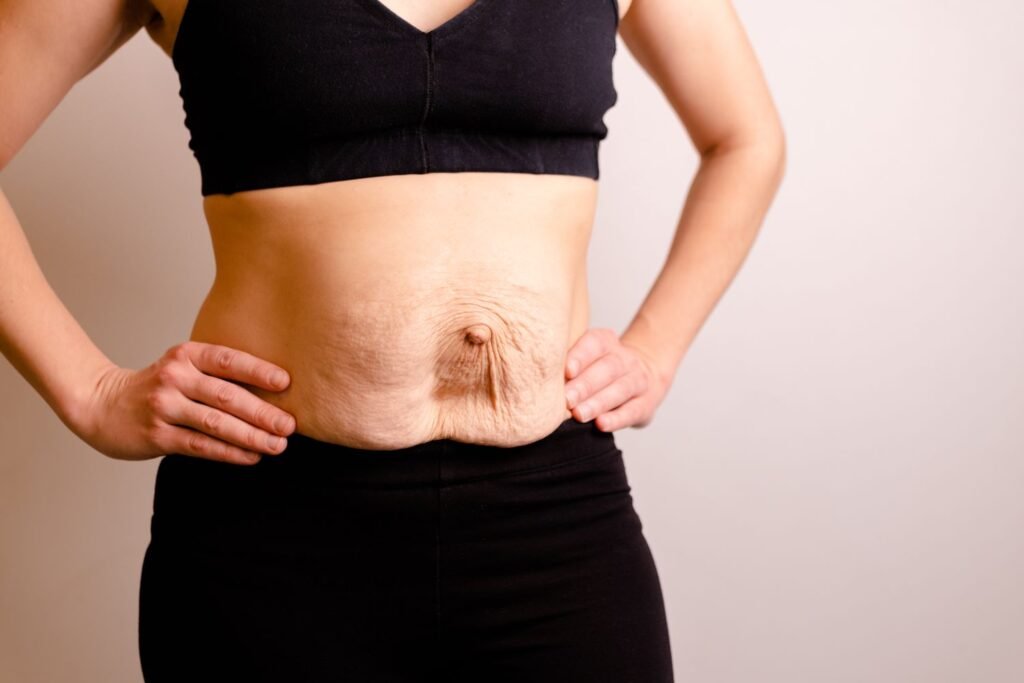Diastasis Recti
Diastasis Recti
Noticing a bulge or gap in your abdomen when you sit up or lift something? You could be dealing with Diastasis Recti, a common condition where the abdominal muscles separate, often after pregnancy or due to repeated abdominal strain. At Theracave, we provide targeted physical therapy to help restore core strength, reduce abdominal separation, and support safe recovery through movement.
Diastasis Recti can affect posture, core stability, and even breathing or pelvic function. While it’s most often seen in postpartum women, it can also occur in men or individuals who engage in excessive abdominal loading. With the right approach, healing is possible—no surgery required for most cases.

Causes:
Symptoms
How Theracave Help Us?
Q&A
What is Diastasis Recti?
Diastasis Recti is a separation of the rectus abdominis muscles, often caused by excessive intra-abdominal pressure. It’s most common after pregnancy but can occur in anyone with weakened or overstretched core muscles.
Can Diastasis Recti heal on its own?
Mild cases may improve naturally, especially postpartum, but many people benefit from guided physical therapy. Specific core-strengthening exercises are needed to help the muscles close the gap safely and effectively.
Is surgery necessary for Diastasis Recti?
Surgery is typically only considered for severe cases that do not respond to therapy. Most people can achieve excellent results through conservative management, including physical therapy and proper exercise techniques.
How does physical therapy help with Diastasis Recti?
Physical therapy focuses on rebuilding deep core strength, improving posture, teaching correct breathing techniques, and avoiding movements that worsen the separation. It offers a safe, non-invasive path to recovery.
What Customers Are Saying
Our Process
How It Works?
Reach out to us via our online form or call to schedule an initial assessment.
Evaluation
Based on your unique needs, we develop a tailored therapy program.
Plan
Our professionals guide you through each session, focusing on effective rehabilitation.

